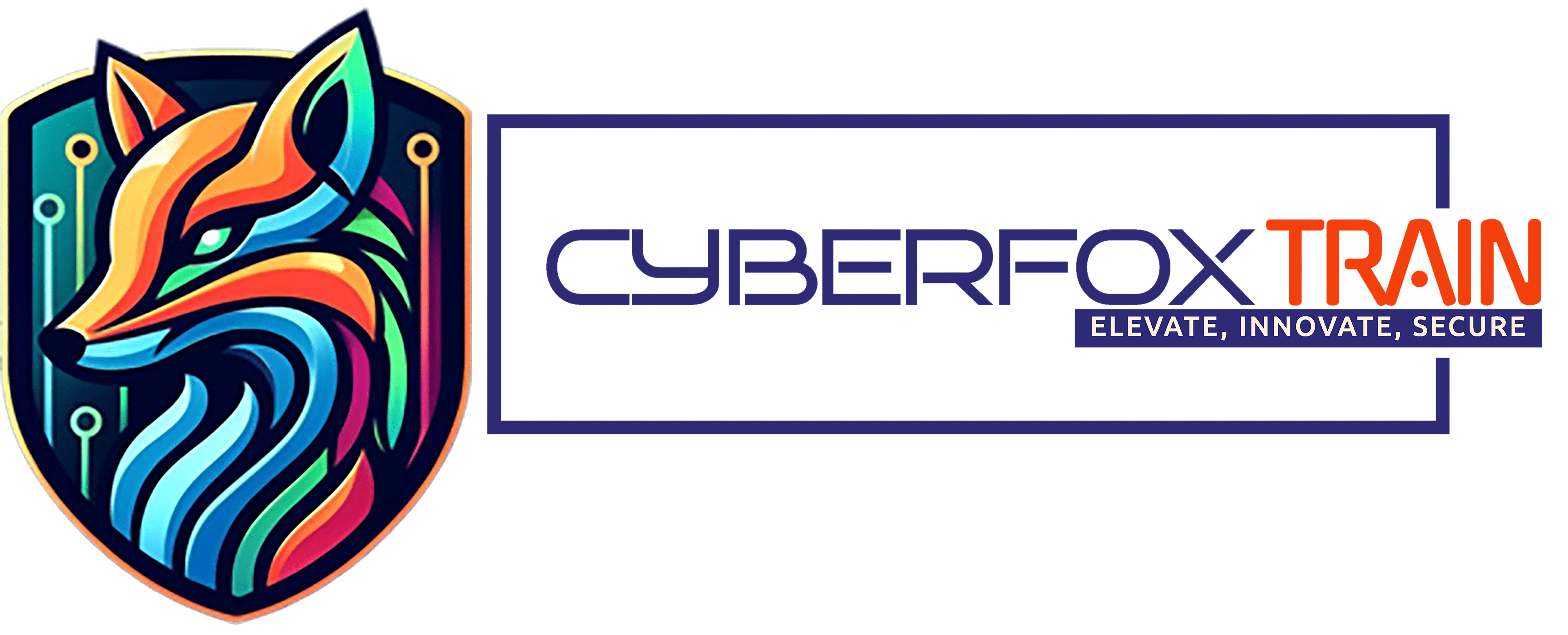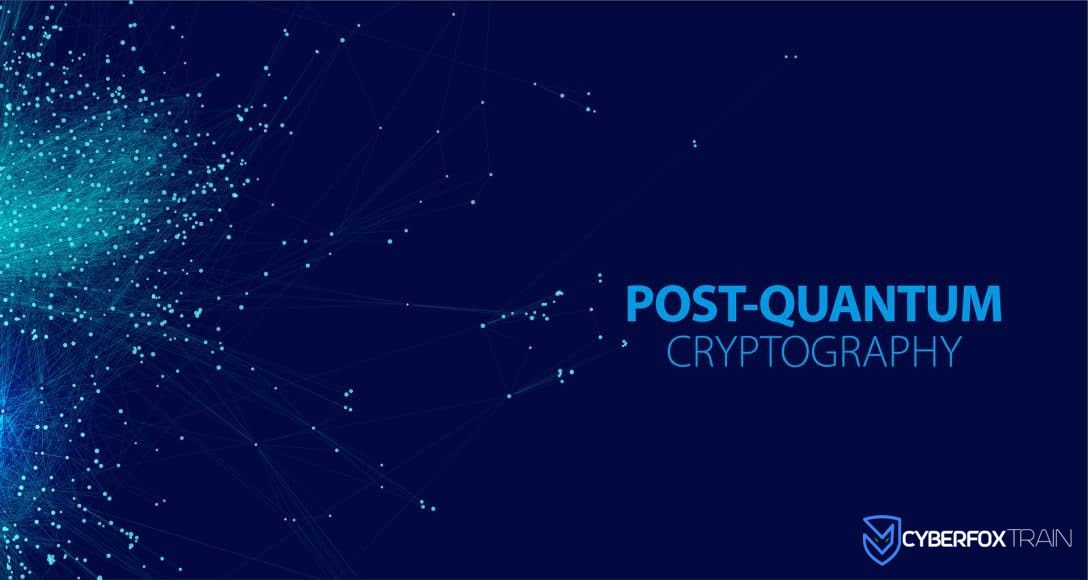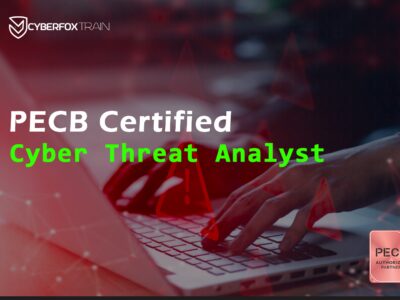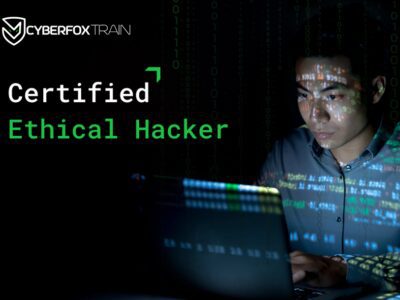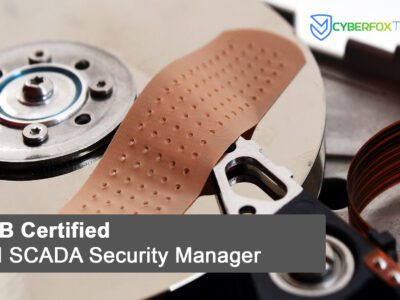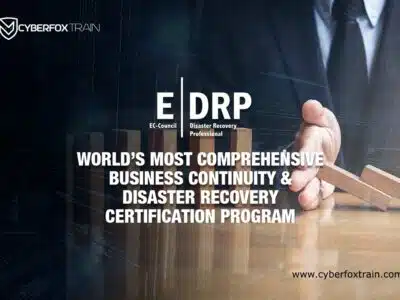The Mastering Post-Quantum Cryptography course provides an in-depth understanding of how to secure systems and communications against the looming threat of quantum computing. As quantum computers advance, classical cryptographic methods will be vulnerable to breaches. This course equips professionals with the necessary skills to implement post-quantum cryptography solutions and safeguard digital infrastructure in the post-quantum era. You’ll explore the latest quantum-safe encryption algorithms, develop a strategy for transitioning to post-quantum security, and understand how to protect sensitive data against quantum attacks. This course is vital for organizations and individuals looking to future-proof their security frameworks in anticipation of quantum computing advancements.
What You’ll Learn:
- Fundamentals of quantum computing and its impact on classical cryptography
- Post-quantum cryptography algorithms (e.g., Lattice-based, Multivariate, Hash-based cryptography)
- Transition strategies for adopting quantum-safe encryption
- How to assess cryptographic risks and vulnerabilities in current systems
- Implementing quantum-safe security measures across organizational infrastructure
- Compliance and regulatory considerations for post-quantum cybersecurity
Course Objectives:
- Understand the challenges quantum computing poses to existing cryptographic methods
- Learn to evaluate and implement quantum-resistant cryptographic algorithms
- Develop a quantum-readiness plan to migrate from classical cryptography to post-quantum solutions
- Gain hands-on experience in deploying post-quantum cryptographic systems
- Stay informed about the latest research, standards, and industry trends in quantum-safe security
Outline
Intro
Attacks Against DLOG and Factoring
- Shor’s Algorithm
- NIST Competition
Lattices
- Definitions
- SVP, CVP, BDD
- Good and Bad Basis
- Babai Nearest Plane Algorithm
- GGH Schemes and Attack Against Digital Signature Scheme
- LWE
- Regev’s Encryption Scheme
- Key Exchange from LWE
- Ring LWE
- Module LWE and LWR
- Frodo, Kyber, Saber
- NTRU and NTRUPrime
- SIS Problem, Hash Function, and Digital Signature from SIS
- Falcon
- Lyubashevskys’s ID Scheme
- Dilithium
- IBE and FHE
Codes
- Error Correcting Codes in General
- Goppa Codes, Decoding Algorithm
- McEliece Cryptosystem, Cryptanalysis History
- BIKE and HQC
- Niederreiter Cryptosystem, Syndrome Decoding
- Trapdoor One-Way Function
- Digital Signature Scheme Wave
- Rank Metric Codes and Cryptosystems
Isogenies
- Crash Course on Isogenies and Elliptic Curves
- CGL Hash Function and SIDH
- Security of SIDH, SIKE
- Group Actions, CSIDH, and Applications
- SQISign (High-Level Discussion)
MQ
- MQ Problem
- Discussion about Its Hardness
- Linearization, Gröbner Basis (High-Level Discussion)
- Benchmarking Systems
- Imai-Matsumoto, Hidden Field Equations
- Variants of HFE
- Oil and Vinegar Scheme, Kipnis-Shamir Attack, UOV
- Rainbow and Cryptanalysis Results for Both UOV and Rainbow
- ID Scheme and GeMSS
Other Candidates
- Hash-Based Signatures (SPHINCS+)
- MPC-in-the-Head Signatures (Picnic)
Side-Channel Attacks
- Basic Attacks
- Countermeasures Against Physical and Implementation Attacks
Course Features
- Lecture 0
- Quiz 0
- Duration 3 days
- Skill level Intermediate
- Language English
- Students 0
- Assessments Yes
Requirements
- Basic understanding of cryptography, encryption, and cybersecurity principles
- Familiarity with network security and IT infrastructure
- No prior knowledge of quantum computing is required, but it is helpful
Features
- Hands-on labs for deploying post-quantum cryptographic systems
- Latest insights into quantum-safe algorithms and their applications
- Real-world case studies on the migration to post-quantum security
- Course completion certificate
Target audiences
- CISOs, IT managers, security professionals in financial and government sectors
- Cryptography specialists, network engineers, and cybersecurity architects
- Professionals involved in data security, encryption, and secure communication systems
- Anyone interested in future-proofing organizational cybersecurity against quantum threats
